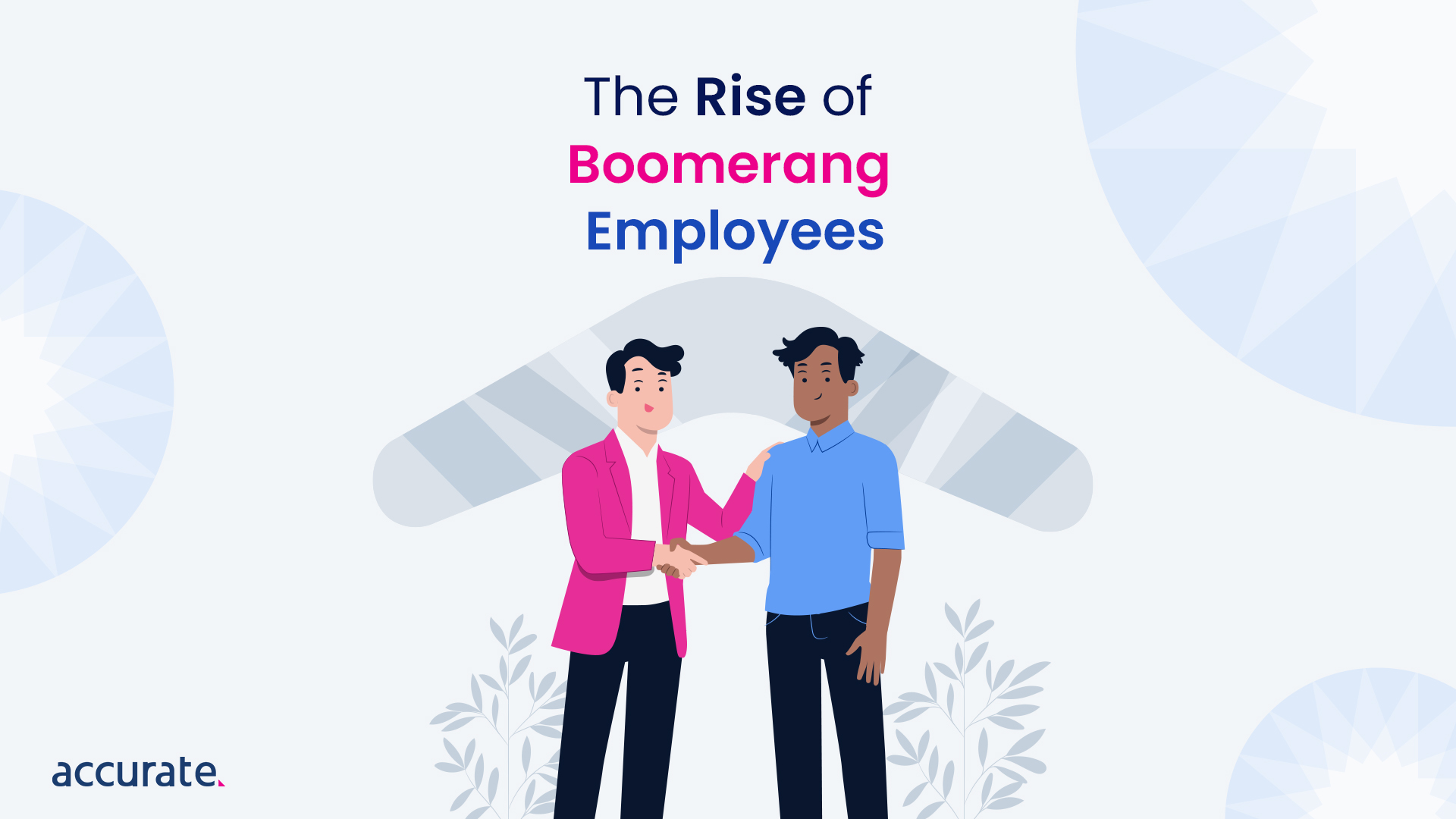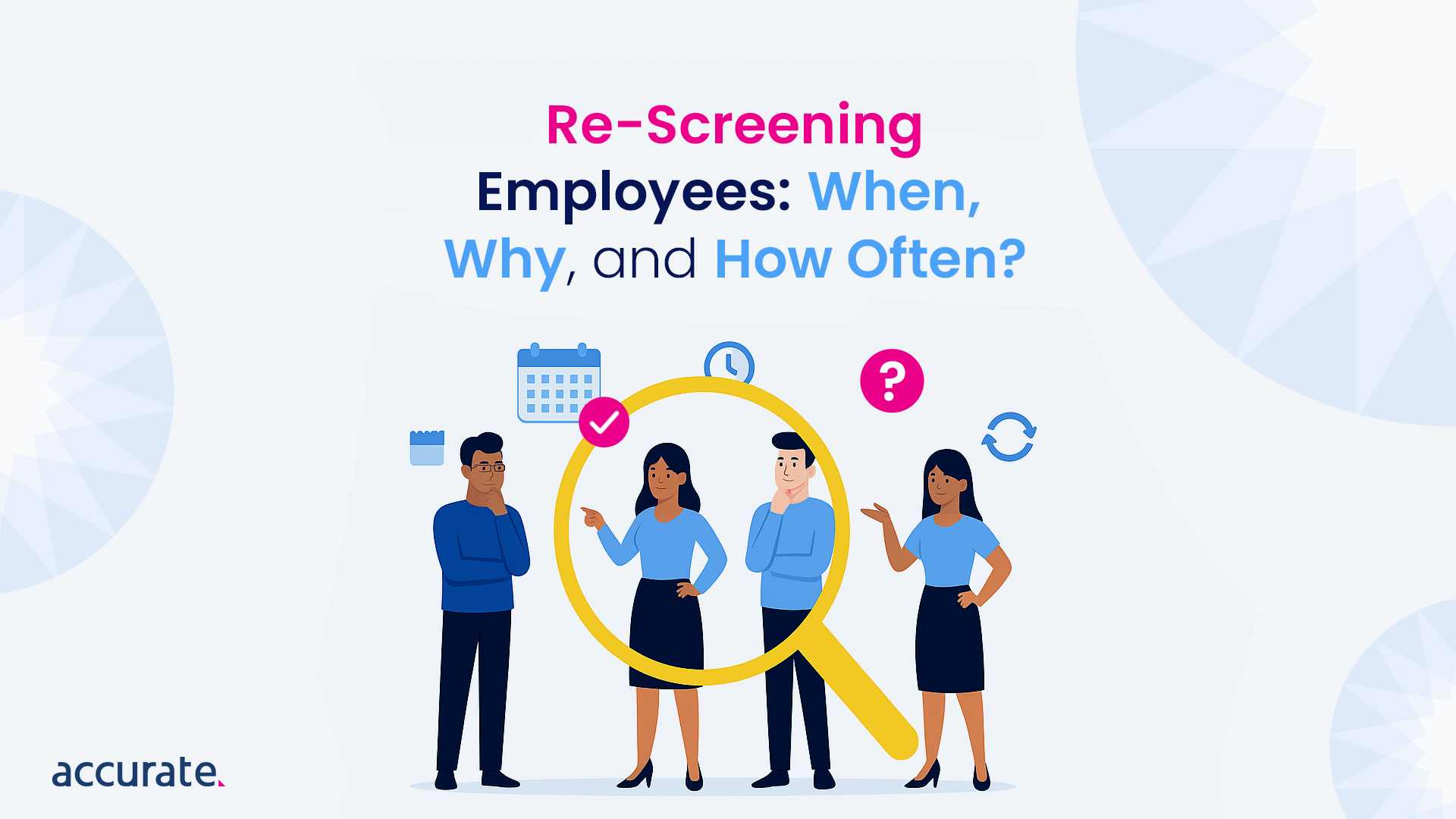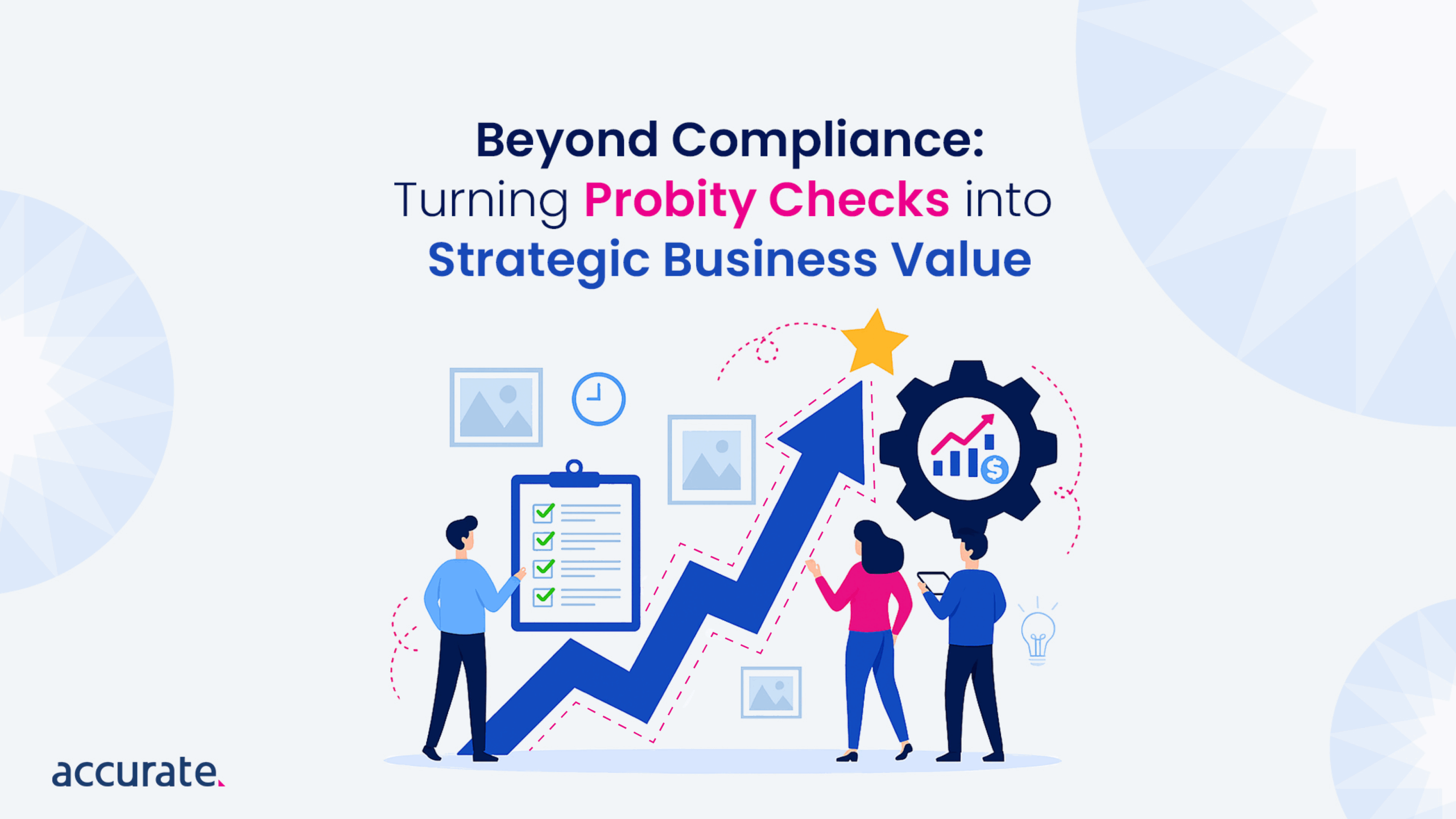In recent years, a noticeable shift in workforce dynamics has emerged: the rise of boomerang employees – staff members who leave an organisation and, after some time, return to rejoin the same company.
As the global talent landscape evolves, rehiring former employees has transitioned from occasional to strategic hiring practices. This evolving trend raises an important consideration for HR professionals and organisational leaders alike—does welcoming former employees back into the fold offer tangible benefits, or are there pitfalls to be mindful of?
Why Boomerang Employees Are on the Rise
Today’s workforce exhibits unprecedented mobility compared to previous generations. Employees increasingly move between roles and companies, driven by aspirations for career advancement, improved work-life balance, better compensation, or simply the pursuit of new professional experiences.
However, this career mobility does not always equate to lasting satisfaction. Many former employees return to their previous companies when they find that external opportunities may not meet their expectations. Familiarity, an established positive company culture, professional stability, or appealing new internal roles frequently entice these individuals back.
Employers are simultaneously recognising the strategic advantage of rehiring known talent. Returning employees offer a valuable combination of proven skills, an existing understanding of the organisational culture, and established interpersonal relationships. This can significantly mitigate hiring risks associated with bringing in new, untested talent.
The Benefits of Rehiring Former Employees
Reintegrating former employees into your organisation presents plenty of advantages:
Accelerated Onboarding and Enhanced Productivity
Returning employees already have comprehensive knowledge of the company’s processes, systems, organisational values, and team dynamics. Their familiarity allows them to rapidly reintegrate, minimising downtime and accelerating their return to full productivity, often surpassing the onboarding speed of entirely new hires.
Significant Recruitment Cost Savings
Hiring fresh talent involves considerable resources allocated to advertising positions, conducting interviews, extensive onboarding, and ongoing training. Former employees who are already familiar with most of these processes substantially reduce these associated costs. This resource efficiency directly translates into financial savings and operational effectiveness.
Improved Cultural Alignment
Ex-employees have a built-in edge when it comes to fitting into the culture. They are already attuned to your company’s culture, values, and team dynamics. Their return is typically smooth, resulting in strengthened team cohesion and positive contributions to the workplace environment.
Demonstrated Track Record
A significant advantage of rehiring former employees is their established history of performance. HR departments and team leaders have reliable records documenting previous accomplishments, strengths, and growth areas, offering a strong foundation for forecasting future performance.
Enhanced Employer Brand
Boomerang employees can positively influence your brand as an employer. Their decision to return acts as an endorsement of your organisational culture and practices, which can enhance your reputation among potential recruits and strengthen overall employer attractiveness.
Potential Risks and Challenges
Despite these advantages, rehiring former employees carries several potential risks and challenges:
Unresolved Past Issues or Grievances
Dissatisfaction, interpersonal conflicts, or unaddressed grievances may have driven the departure of some employees. These issues may resurface if unresolved, impacting workplace harmony and overall productivity. Proactively addressing past concerns is critical to preventing negative repercussions.
Risks of Complacency
Returning employees might rely excessively on previous knowledge, possibly neglecting the introduction of innovative ideas or recent skill developments. This complacency can negatively impact innovation and organisational growth.
Impact on Existing Team Dynamics
Reintroducing former employees may unsettle current staff, especially if they perceive potential threats to their roles, career advancement opportunities, or resources. It’s really important to keep an open and friendly chat about why we’re thinking of rehiring someone. It helps ease any worries people might have.
Expectation Mismatch
Former employees may return with elevated expectations for salary, roles, or workplace perks. Clearly outlining realistic and appropriate expectations regarding roles, responsibilities, compensation, and benefits from the outset helps prevent future dissatisfaction.
Integration Challenges
Although returning employees are familiar with past practices, significant organisational changes since their departure—such as leadership shifts, strategic pivots, or procedural updates—may present integration challenges. Addressing these proactively during re-onboarding is essential.
The Importance of Employment Screening for Boomerang Employees
Employers must maintain rigorous employment screening practices for returning employees to ensure no critical issues have developed during their absence:
Updated Background Checks
Employment screening should include updated background checks, verifying that no new legal, ethical, or regulatory concerns have arisen since their departure.
Reference and Recent Performance Verification
Checking references from interim employers provides valuable insights into the individual’s recent job performance, professional development, and workplace conduct. This due diligence can uncover valuable new skills or highlight possible concerns.
Cultural Fit Evaluation
Assessing cultural alignment remains vital, particularly if your organisation has experienced significant cultural shifts. Ensuring returning employees still resonate with current organisational values and goals is essential for harmonious integration.
Comprehensive Risk Assessment
Rigorous screening procedures help identify new risks or changes in employee behaviour, safeguard organisational integrity and protect company culture.
Best Practices for Rehiring Boomerang Employees
Implement these practices to ensure the successful reintegration of former employees:
- Clarify Departure Circumstances: Investigate the conditions under which the employee initially left, distinguishing voluntary departures from performance-related ones.
- Assess Professional Growth: Evaluate new skills, certifications, and experiences acquired since their initial departure, ensuring these contribute positively to your organisation.
- Maintain Comprehensive Screening Procedures: Adhere to the same rigorous screening and assessment processes used for new hires.
- Structured Re-Onboarding: Treat returning employees as new hires during onboarding, clearly articulating new company developments, current expectations, and organisational goals.
- Transparent Team Communication: Communicate openly with existing teams about the decision, addressing potential concerns upfront to maintain morale and support.
- Review Compensation and Job Scope Thoroughly: Clearly define compensation packages, job responsibilities, and career growth pathways, ensuring they reflect current organisational standards and market expectations.
Developing Structured Rehiring Policies
A clearly defined rehiring policy ensures consistency and fairness across the organisation. Policies should include assessment criteria, necessary screening practices, compensation guidelines, onboarding expectations, and communication strategies.
Encouraging Ongoing Dialogue
Organisations benefit significantly from maintaining strong relationships with former employees. Encouraging ongoing dialogue, organising alumni networks, and regular engagement can create valuable talent pipelines.
Key Takeaways
- Boomerang employees are former employees who leave and later return to the same company.
- Rehiring former employees can offer benefits such as accelerated onboarding, recruitment cost savings, improved cultural alignment, and a demonstrated track record.
- Potential risks and challenges include unresolved past issues, complacency, impact on team dynamics, expectation mismatch, and integration challenges.
- Employment screening for boomerang employees is crucial, including updated background checks, reference verification, cultural fit evaluation, and comprehensive risk assessment.
- Best practices for rehiring former employees involve clarifying departure circumstances, assessing professional growth, maintaining comprehensive screening procedures, structured re-onboarding, transparent team communication, and reviewing compensation and job scope thoroughly.
- Developing structured rehiring policies and encouraging ongoing dialogue with former employees is essential for successful reintegration.



